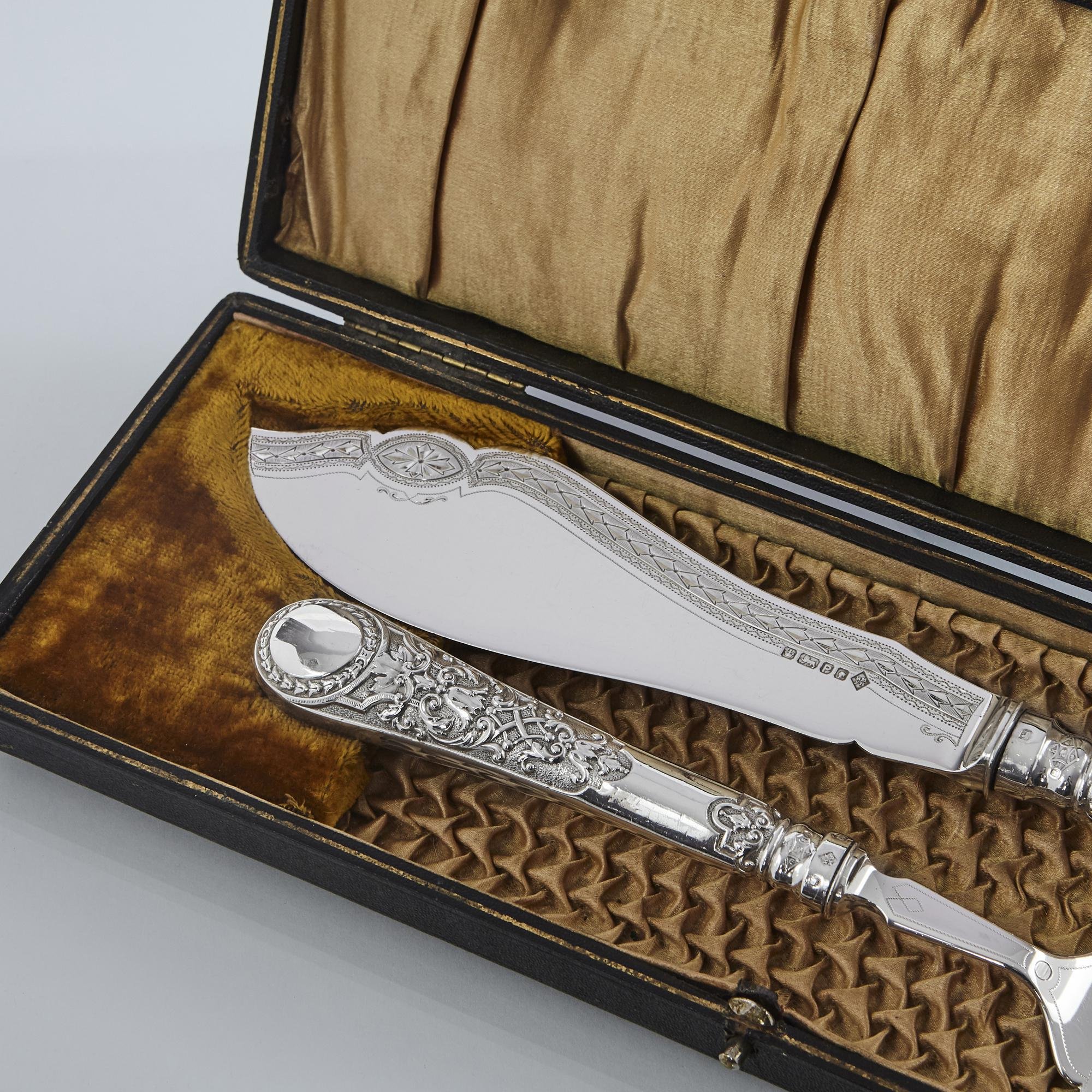Classics Go Electric
27 January 2022
For classic car lovers who can’t bear to part with their beloved vehicle, but want to go green, there is an electric solution.
Poppy McKenzie Smith
Poppy McKenzie Smith writes for The Telegraph about old, fast cars and spends most of her time at auctions encouraging other people to buy them. In 2018, she was involved in the sale of a 1961 Aston Martin which became the most expensive British car ever sold in Europe.
Classic Mini and electric motors.
Image courtesy of London Electric Cars.
There are currently one billion cars on the road across the world, which goes some way to explaining the traffic jams. With governmental mandates outlawing combustion engines within a decade, the race to ‘go electric’ is most certainly on. But what will happen to those billion gas guzzlers? Are they destined for the scrap heap, or is there a more practical – and indeed stylish – solution?
London Electric Cars, tucked away under a railway arch in Vauxhall, is currently home to 18 cars in various states of transformation, all on the journey from thirsty fuel drinker to battery powered planet saver. The range of cars is reminiscent of a child’s Matchbox collection. There are a handful of Minis and a beautiful Karmann Ghia, but also a gargantuan, finned Lincoln Continental, an Austin Healey and an electric blue Ford Anglia. The workshop is alive from the sparks of welding and the smell of WD40, but there is also the constant whirr of an entrancing 3D printing machine and monitors displaying complex diagnostic information. It’s an intriguing medley of history and future.
Matthew Quitter founded London Electric Cars in 2017, and uses his first conversion, a Morris Minor, as his daily driver. A lifelong car enthusiast (his glorious Spitfire Le Mans may be next on his list for conversion), he came from an IT background before taking the leap in to converting classics to electric. It may not seem like the most obvious route into automotive mastery, but he explains that the understanding of the technology side of things was hugely important.
It is ironic, then, that the more technologically advanced a conversion project is, the harder it is to tackle. “We like to be as open-minded as possible, and don’t like to tell our customers that we can’t convert their car. However, if you see parking sensors, then you know you’re going to be facing a challenge,” Quitter laughs.
EV Converted 1953 Morris Minor Series 2.
Image courtesy of London Electric Cars.
Certain modern cars do manage to slip under the radar and into the workshop, but only more basic models such as Defenders, which essentially built to the same spec as they were in the 1970s. One of the more surprising ‘youngsters’ to slip through the net is a yellow Fiat Multipla in its bug-eyed glory. “It’s the perfect example of why we do what we do,” explains Quitter. “It was given to us for conversion by a family who bought it new. It’s the car which took the kids home from the hospital after being born, it’s been on family holidays and endless jaunts. The family are deeply attached to ‘The Golden Chariot’ but want to go electric to do their bit. It isn’t easy to tackle even the comparatively basic infotainment system, but we want to help.”
It is a noble cause, and I salute the family who have entrusted their beloved vehicle to Quitter. It does raise a few financial questions though. A Fiat Multipla new was approximately £20,000, and a brief glance at Autotrader brings up a number available for well under £500. A conversion costs upwards of £30,000 and can take between 6 and 18 months depending on the vehicle, so is this process the reserve of the lucky, green-minded few? For the moment, yes.
However, Quitter plans to change that. His clients, who send their cars from across the globe for specialist treatment, are paving the way for the general motorist. They are willing to part with large sums of money in the pursuit of originality – an electrified Rolls-Royce makes for quite the party anecdote at the RAC – and understand that this new process takes time. They can afford to wait. But the more cars that Quitter and his team convert, the faster and more affordable the process becomes. His end goal is a Kwik-Fit style franchise with teams able to convert a vehicle in an afternoon at an affordable price.
“Within five years, we would like to be converting 1,000 cars a year, because that’s how you make a difference. If we can convert even 1% of the UK’s cars, we would be making a genuine impact.”
A classic 1993 Rover Mini converted with a Nissan Leaf motor and drivetrain, converted for the University of Birmingham.
Image courtesy of London Electric Cars.
But what about the impact on the cars themselves? While there is the emotional attachment to a car to be considered, there is also the financial, especially in the collectors’ realm. Some of Quitter’s clients have such vast collections that losing money on one vehicle is if no importance in comparison to the bragging rights its conversion brings, but this is far from the norm in the car enthusiasts’ world. One of the key components of establishing a classic car’s value is whether it has ‘matching numbers,’ meaning that the number stamped on the chassis, engine and gearbox are all the same. This proves authenticity (or at least implies it) and if you change or remove any element, the value of the vehicle drops. Therefore, removing the engine from a classic car and replacing it with a battery, be it from a Nissan Leaf or an I-Pace, will have a detrimental impact on a car’s value. But what about singularity? A valuable collectors’ car is more than just the sum of its parts, and anything that boasts a unique element has a boost in value. So, it follows that there may be an increase in value for the first classic of its type to be converted to electric.
It will likely come down to a battle between the purists who firmly believe that even a replaced wingnut is cause for uproar and those more practically minded enthusiasts who simply wish for classics to be enjoyed for as long as possible. What is important is that there is choice, and those who wish to preserve their beloved vehicle, be it Multipla or Murciélago, are able to do so long after petrol is poured down the drain.













